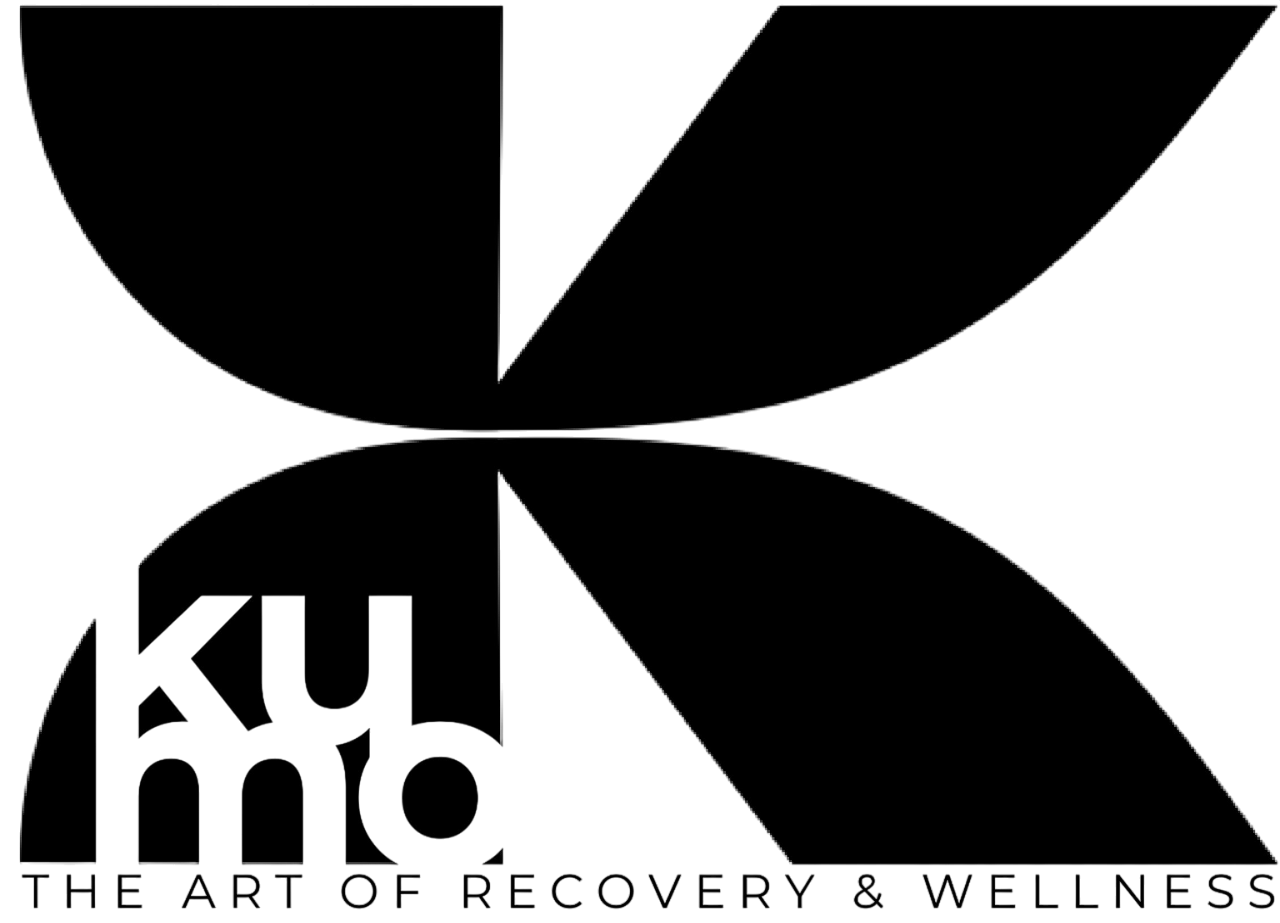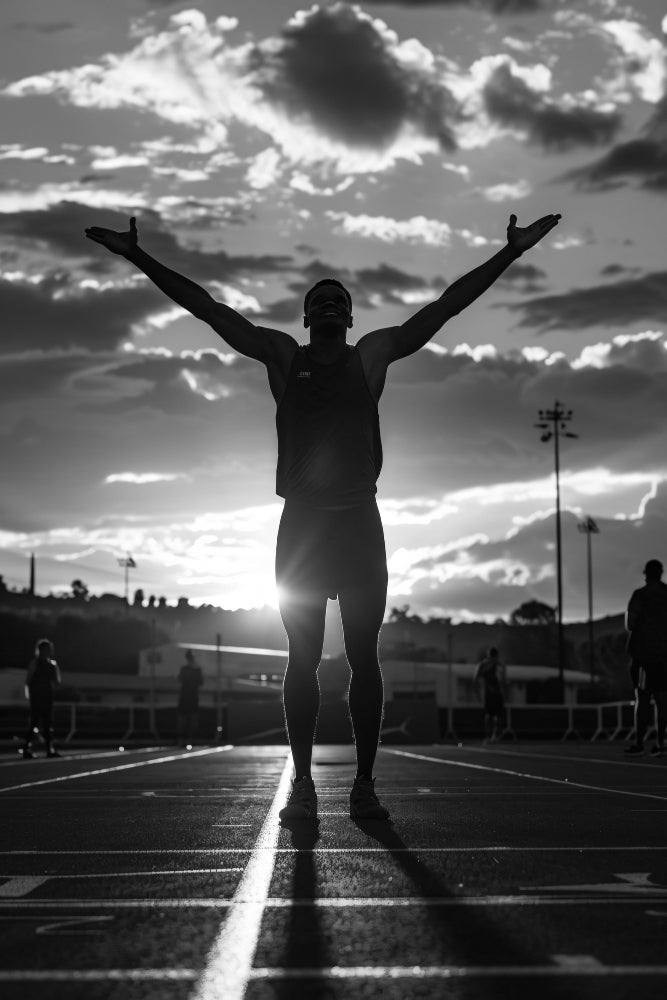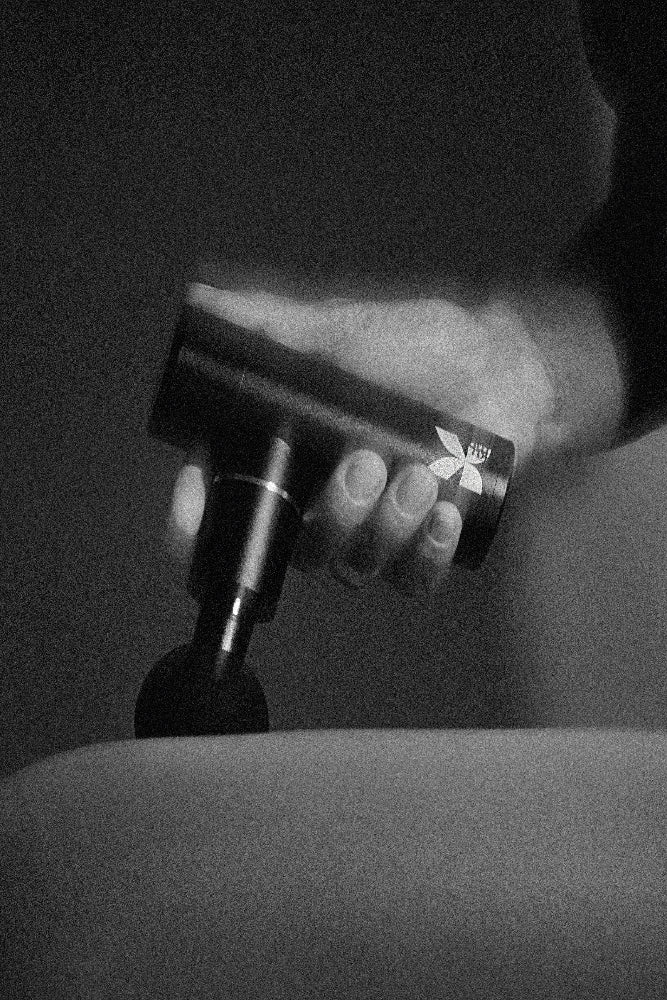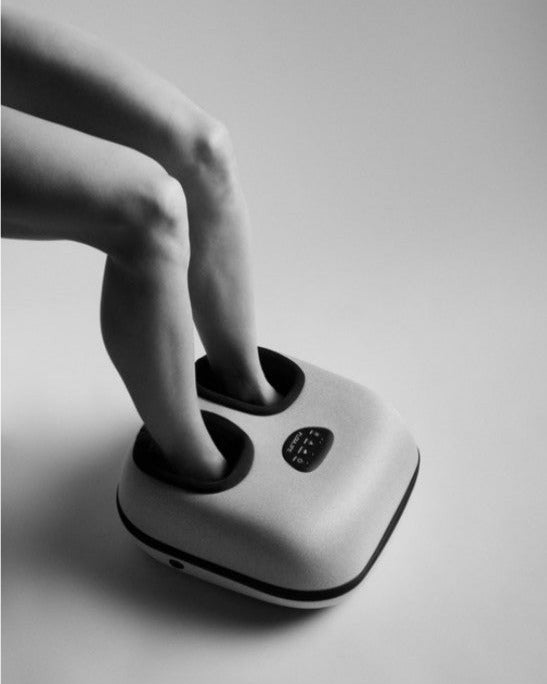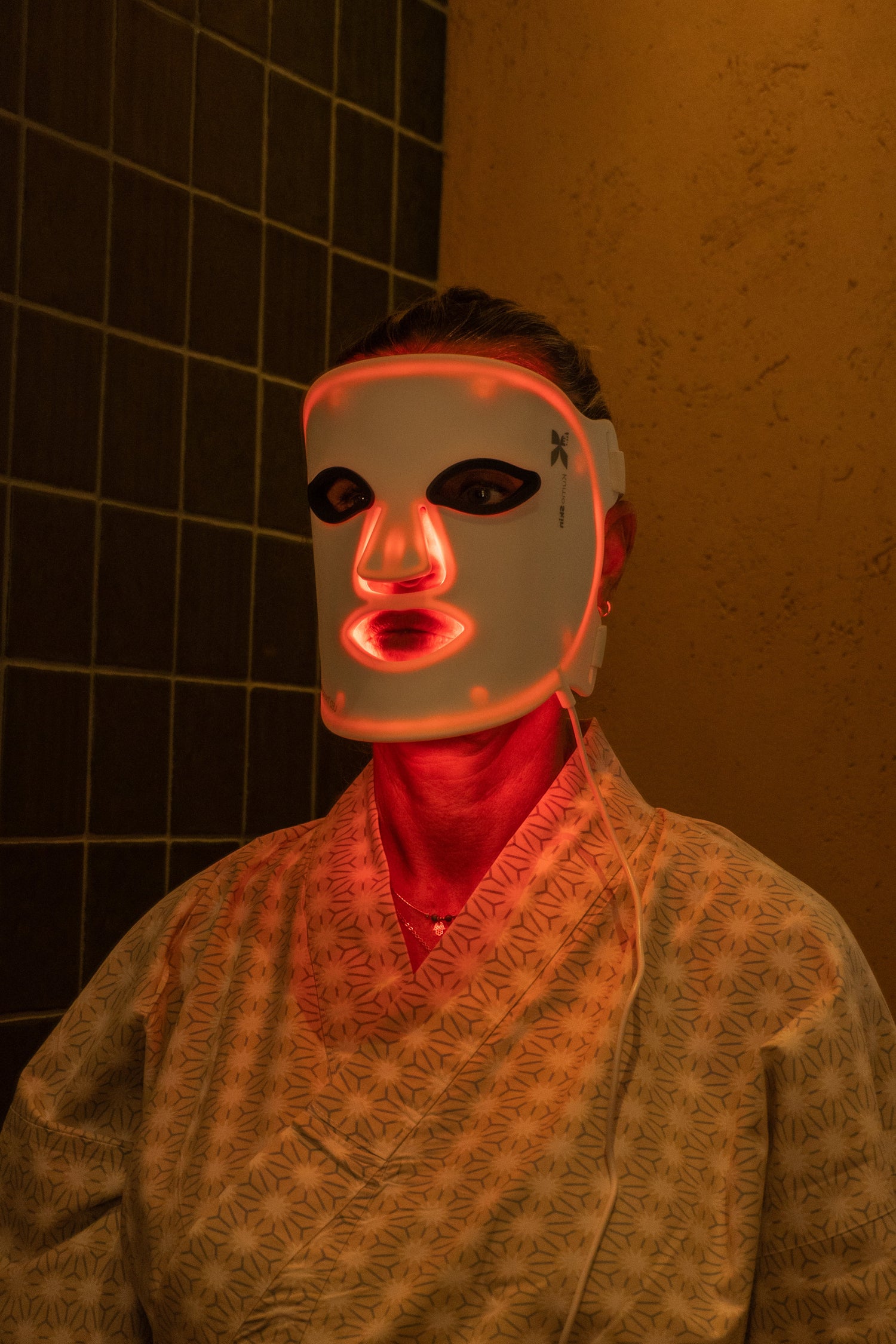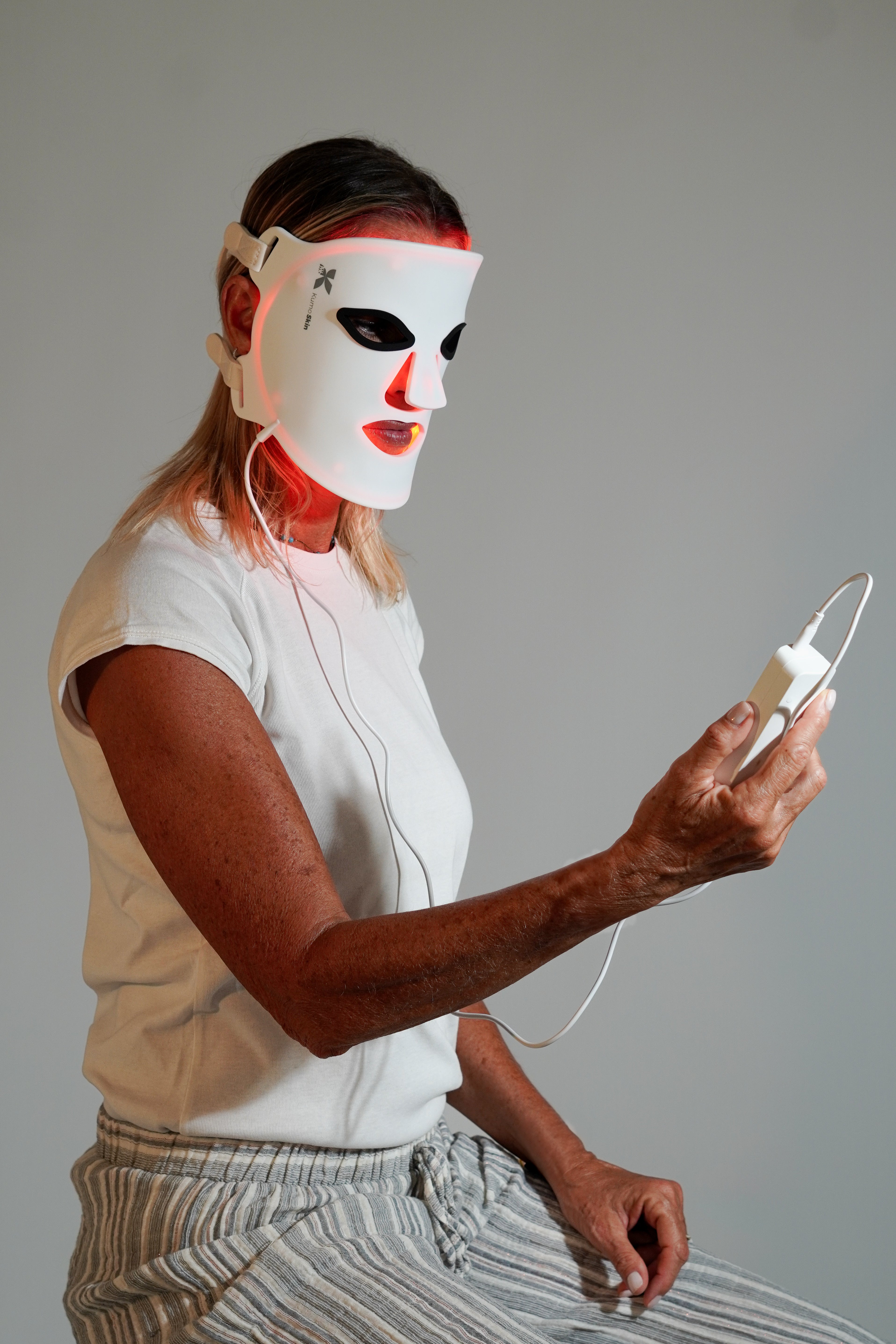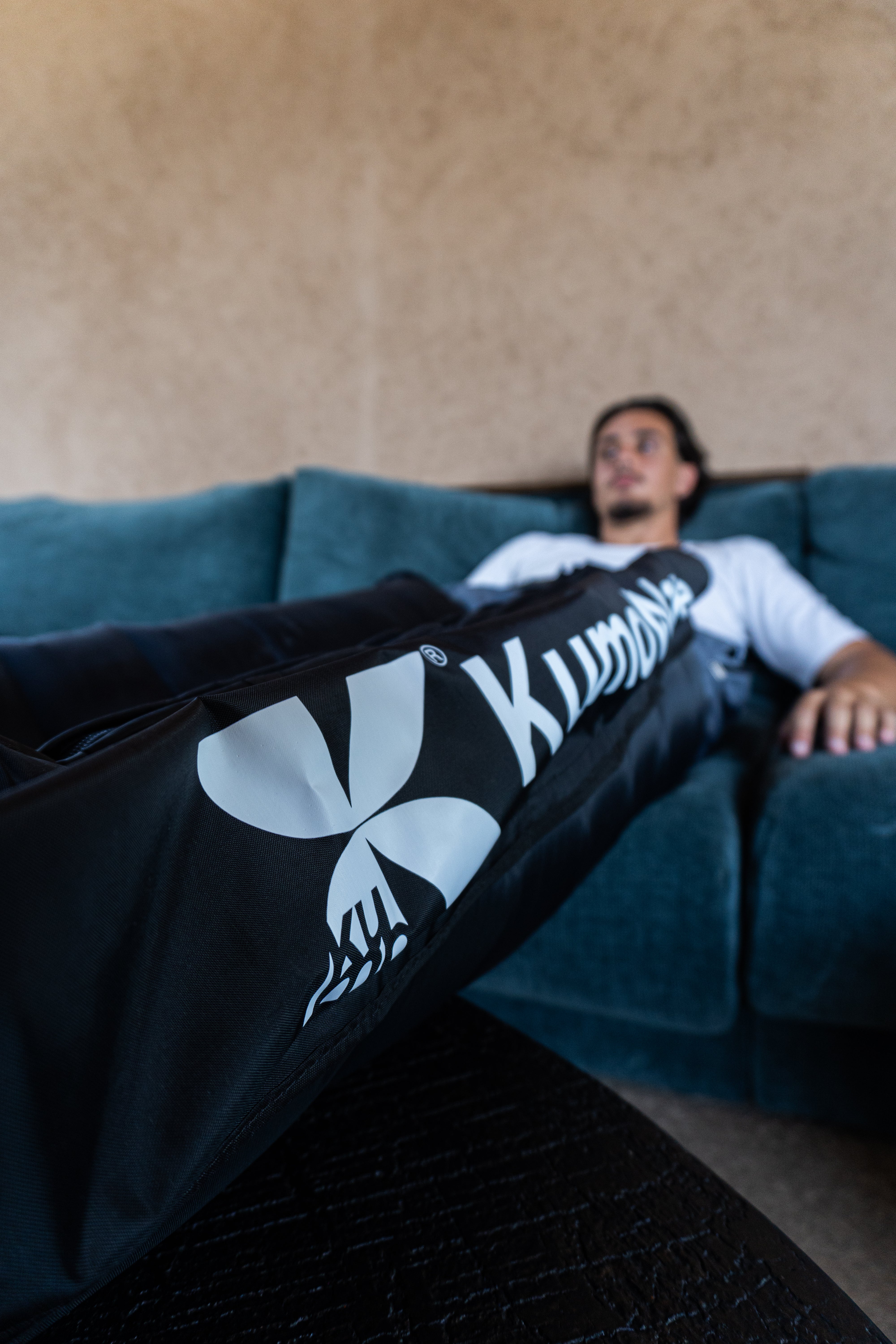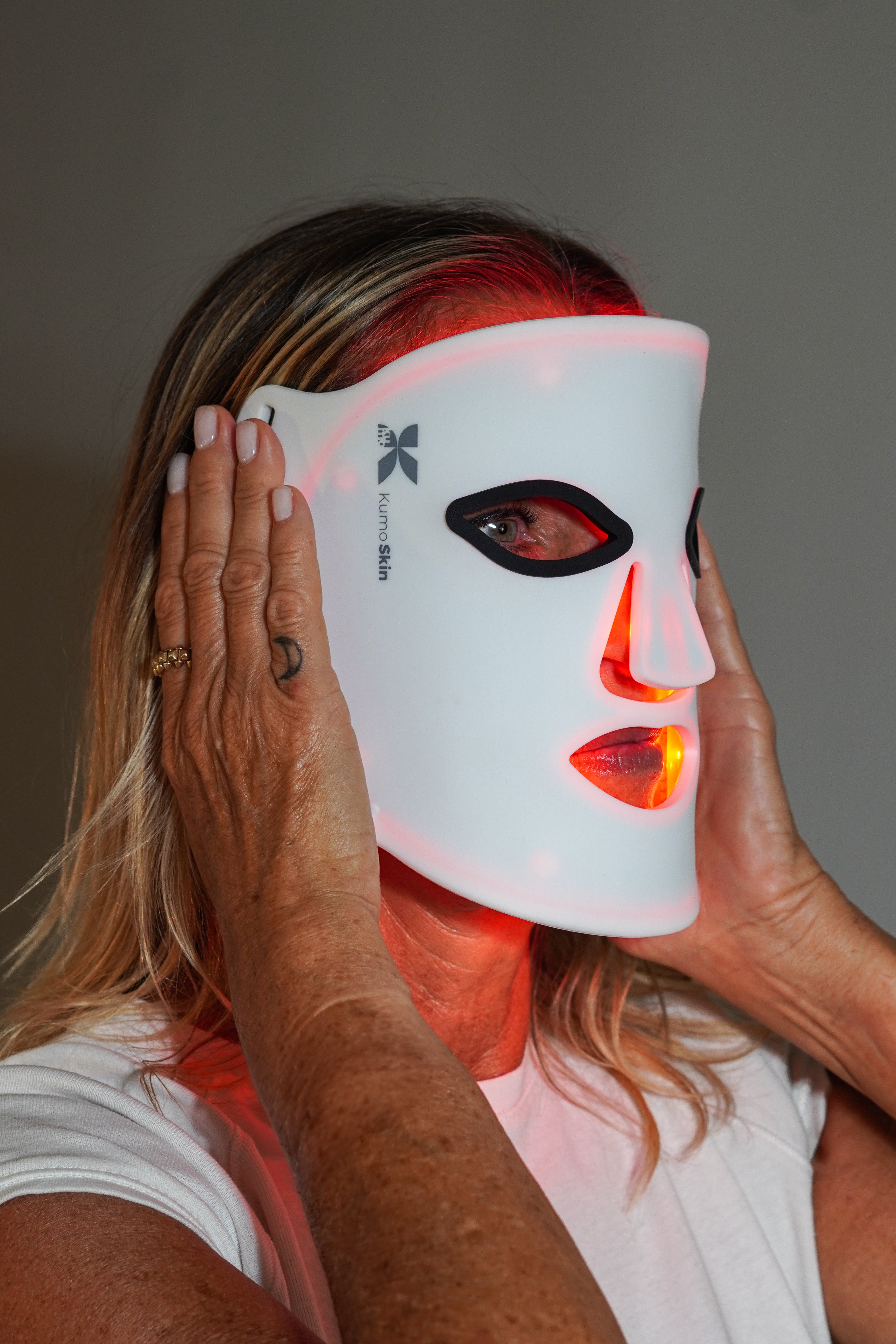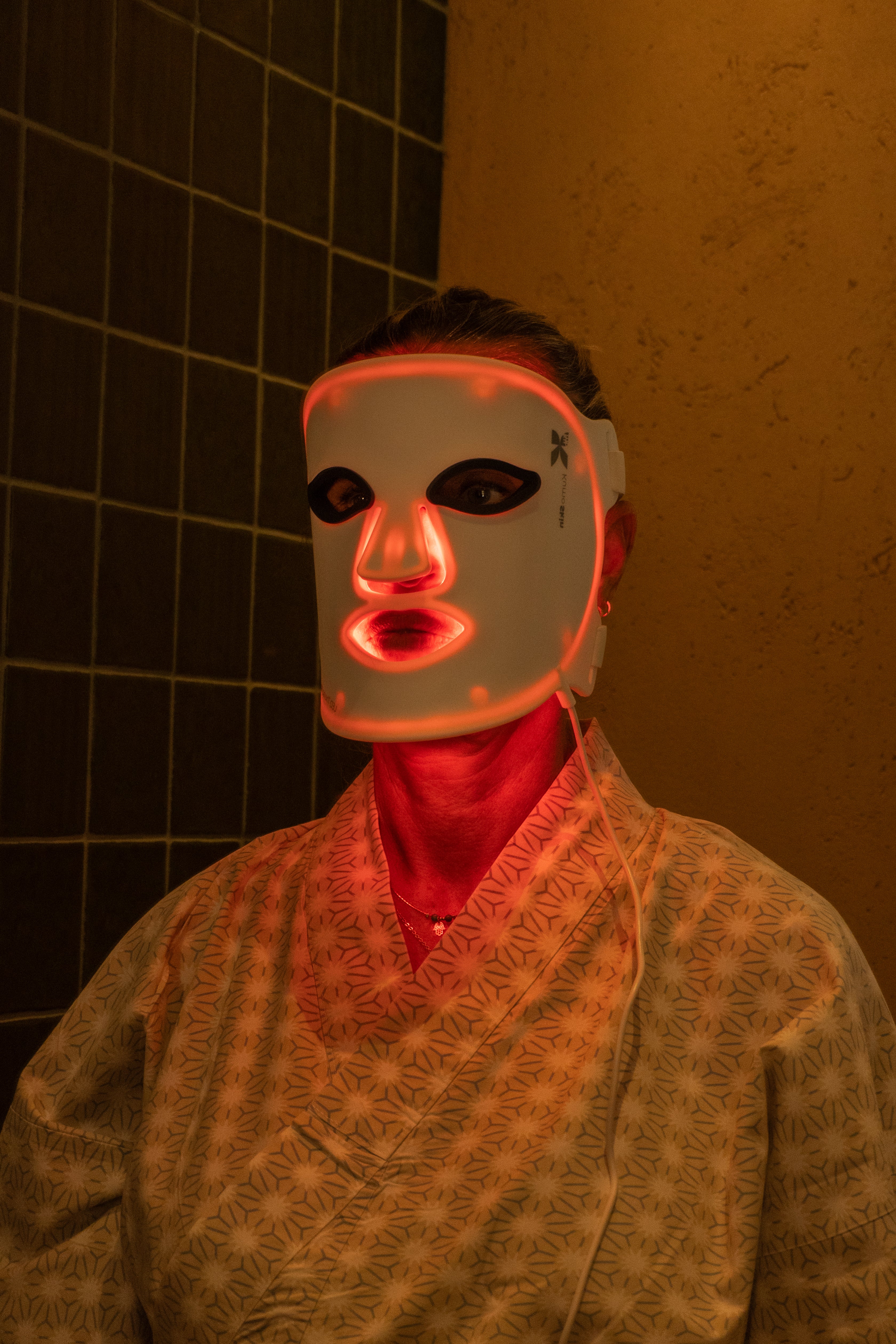LED facial mask: colors, wavelengths, and results that matter. If you're wondering what each color does, which wavelength works for your skin, and how to use it to see visible changes, here's the clear and practical guide you need.
Coming soon
- Blue light (≈415 nm) helps with acne by attacking bacteria; red light (630–660 nm) boosts collagen and calms inflammation; near-infrared light (810–850 nm) penetrates deeper for healing and tone.
- Use 8–15 minutes per session, 3–5 times/week for 8–12 weeks; then maintenance 1–3 times/week.
- Choose masks with reliable irradiance (e.g., 20–60 mW/cm²) and eye safety; combine colors according to the objective.
- Avoid overexposure; if you use retinoids/acids, alternate days and prioritize hydration and SPF.
- Consult if you are pregnant, have photosensitivity, or active skin conditions.
How the light in an LED mask works
LED masks emit photons at specific wavelengths that activate biological pathways in the skin (photobiomodulation). Red and near-infrared light interact with cytochrome c oxidase in mitochondria, enhancing cellular energy production and modulating inflammatory processes. Blue light excites porphyrins produced by C. acnes, generating reactive species that reduce bacterial load.
In practical terms: color determines which molecules absorb light and therefore the effect on your skin.
Clinical literature supports the use of LEDs for mild to moderate acne and signs of photoaging, provided consistent protocols and proper eye protection are followed. For an accessible overview, the American Academy of Dermatology explains how LED therapy can help with acne and wrinkles, and how it's used in the office and at home. Review of fundamentals and dosimetry in photobiomodulation: NCBI/PMC . Overview of safety and clinical uses: Cleveland Clinic.
Colors and Wavelengths: What Each One Does
Blue: 405–470 nm (typical 415 nm)
- Main use: active acne, congested pores.
- Mechanism: selective phototoxicity against C. acnes through porphyrins.
- Ideal for: oily/combination skin with breakouts.
- How to use: 3–5 times/week, 8–12 min; combine with red to modulate post-flare inflammation.
- Caution: May be drying; moisturize and avoid combining with strong acids on the same day.
Red: 620–660 nm (typical 630 or 660 nm)
- Main use: firmness, fine wrinkles, mild redness.
- Mechanism: stimulates fibroblasts (collagen/elastin), microcirculation and repair.
- Ideal for: photoaged, dry or reactive skin.
- How to use: 3–5 times/week, 10–15 min; suitable all year round with daytime SPF.
- Caution: If rosacea is active, start with short durations and assess tolerance.
Near infrared (NIR): 800–850 nm
- Main use: deep recovery, tone and elasticity, facial muscle discomfort.
- Mechanism: Increased tissue penetration; modulates inflammation and oxidative stress.
- Ideal for: mature skin, jaw tension, recovery after exercise or bruxism.
- How to use: 3–4 times/week, 10–15 min; often combined with red.
- Caution: Not visible to the naked eye; rely on devices with clear specifications.
Amber/Yellow: 580–600 nm
- Main use: luminosity, dull tone, superficial redness.
- Mechanism: Soothing effects on superficial vessels and mild inflammatory response.
- Ideal for: sensitive skin, gentle post-treatments.
- Evidence: Promising but more limited than red/blue; use it as a complement.
Green: 520–545 nm
- Main use: tone evening, mild post-inflammatory hyperpigmentation.
- Mechanism: possible melanogenic modulation and calming effect.
- Ideal for: skin with recent spots or mild melasma (always with SPF).
- Evidence: heterogeneous; combines with a stain-fighting routine and strict sun protection.
Quick summary of colors and objectives
| Color | Typical wavelength | Main objective | Ideal skin/condition |
|---|---|---|---|
| Blue | ≈415 nm | Active acne, pores | Fat/mixed with sprouts |
| Red | 630–660 nm | Collagen, wrinkles, calm | Photoaged/sensitive |
| NIR | 810–850 nm | Deep recovery, elasticity | Mature, muscle tension |
| Amber | 590 nm | Brightness, superficial redness | Sensitive/reactive |
| Green | 525–535 nm | Uniform tone, light FOOT | Recent stains |
Smart Dose: Irradiance, Time and Frequency
Irradiance and useful energy
- Look for clear specifications: actual irradiance in mW/cm² and exact wavelength.
- Practical facial ranges: ~20–60 mW/cm². At this power, 10 min provides 12–36 J/cm², sufficient for cutaneous effects without overexposure.
- Tip: Lower power takes longer; avoid exceeding 15–20 minutes per area if you are a beginner.
Frequency and progression
- Initial phase (8–12 weeks): 3–5 sessions/week, 8–15 min depending on color.
- Maintenance: 1–3 sessions/week.
- Golden rule: consistency > intensity. If sensitivity occurs, reduce frequency or minutes.
Combine with your routine
- Before: Clean and dry face. Avoid photosensitizing active ingredients (AHA/BHA, retinoids) just beforehand.
- After: Moisturize with ceramides/hyaluronic acid; in the morning, SPF 50+.
- Common protocols:
- Acne: blue → red.
- Anti-aging: red + NIR.
- Sensitive skin: amber → short red.
Safety and contraindications
- Always wear built-in eye protection; do not look directly at LEDs.
- Consult if you are pregnant, have photosensitive epilepsy, active skin cancer, are taking photosensitizing drugs, or have active melasma.
- Stop use and consult if irritation persists. For personalized questions, contact us at KUMO .
Examples of routines by objective
Mild to moderate acne
- Alternate days: 8–10 min blue + 5–8 min red.
- Gentle cleansing, post-session niacinamide and SPF in the morning.
- Check tolerance weekly; if dry, reduce blueness and prioritize hydration.
- Add body recovery support (e.g., leg pressotherapy) for overall well-being: explore our pressotherapy .
Fine wrinkles and firmness
- 4–5 times/week: 10–12 min red + 8–10 min NIR.
- Post-session peptide serum; retinoids on LED-free nights.
- Complementary myofascial massage to release jaw tension: see KUMOPulse Air .
Sensitive and reddened skin
- 3–4 times/week: 6–8 min amber + 6–8 min soft red.
- Avoid exfoliants while normalizing the barrier. Light occlusive moisturizer at night.
Dull tone and recent spots
- 3–4 times/week: 8–10 min green + 8–10 min red.
- Rigorous photoprotection and antioxidants in the morning.
- Review progress every 4–6 weeks; adjust based on response.
How to choose your LED mask
- True spectrum: specifying specific wavelengths (not just “multicolor”).
- Honest power: certified irradiance; avoid baseless inflated figures.
- Ergonomics and safety: comfortable fit, homogeneous diffusion, eye protection, timer.
- Versatility: combined modes (red+NIR, blue+red) and programmable times.
- Recovery Ecosystem: If you're looking for a 360° routine, integrate LED with other recovery solutions from our KUMO LED light therapy and wellness technology portfolio.
Frequently Asked Questions
How long does it take to see a change with an LED facial mask?
Most users notice improved texture or reduced redness within 2–4 weeks, with clearer improvements after 8–12 weeks of consistency. This is because the processes modulated by light (inflammation, mitochondrial function, collagen synthesis) require cumulative time. Maintain 3–5 weekly sessions initially and then move to maintenance (1–3/week). If you're looking to treat acne, combining blue and red accelerates results; for anti-aging, the red+near-infrared duo often works best. Daily sunscreen multiplies the visible benefits.
Is the LED mask safe if I use retinoids or acids?
Yes, but alternate days and listen to your skin. Retinoids (tretinoin, retinol) and chemical exfoliants can increase sensitivity; perform the LED session on clean skin, moisturize, and use active ingredients on non-LED nights. Avoid applying acids or retinoids just before a session. If you experience persistent burning or marked peeling, reduce the frequency or time and reintroduce the treatment gradually. Consult your dermatologist if you are currently undergoing active medical treatments for acne or melasma.
What color is best for spots or melasma?
The most robust evidence for pigmentation focuses on red/NIR light as an anti-inflammatory and repair support. Green and amber light can be helpful as an adjunct to tone and PIE (post-inflammatory dark spots), but results vary. Regardless of the protocol, broad-spectrum sunscreen (SPF 50+) is a must. Avoid overheating and direct sun exposure. For melasma, combine LEDs with dermatologically guided strategies and monitor the response with photos every 4 weeks.
Can I use it every day?
For resistant skin and with short protocols, it can be used daily, but it's not essential. The most effective approach is to maintain 3–5 sessions per week in the initial phase, with timing appropriate to the device's power. More is not always better: photobiomodulation follows a dose-response curve; exceeding it can flatten results. If you notice tightness or irritation, reduce the number of minutes or frequency. Be consistent and record changes to make informed adjustments.
Do I need eye protection if the mask covers my eyes?
Yes. Even with diffusers and eyelets, it's recommended to keep your eyes closed and use the included or additional protection, especially with blue (415 nm) and high wattages. Avoid looking directly at the LEDs and respect the timing. If you are photosensitive, have light-triggered migraines, or have recently had eye surgery, consult beforehand. Proper eye safety allows you to enjoy the benefits without unnecessary risks.
To remember
- The color defines the target: blue for acne, red for collagen, NIR for depth; amber/green for support.
- Dosage matters: prioritize honest irradiance and 8–15 minute sessions, 3–5 times/week at first.
- Consistency and SPF are 50% of the visible result.
- Adjust protocols to your tolerance and avoid combining with exfoliants on the same day.
- Look for devices with eye safety and clear specifications.
- Take the next step in your skin and recovery routine with KUMO technology or contact us here .
